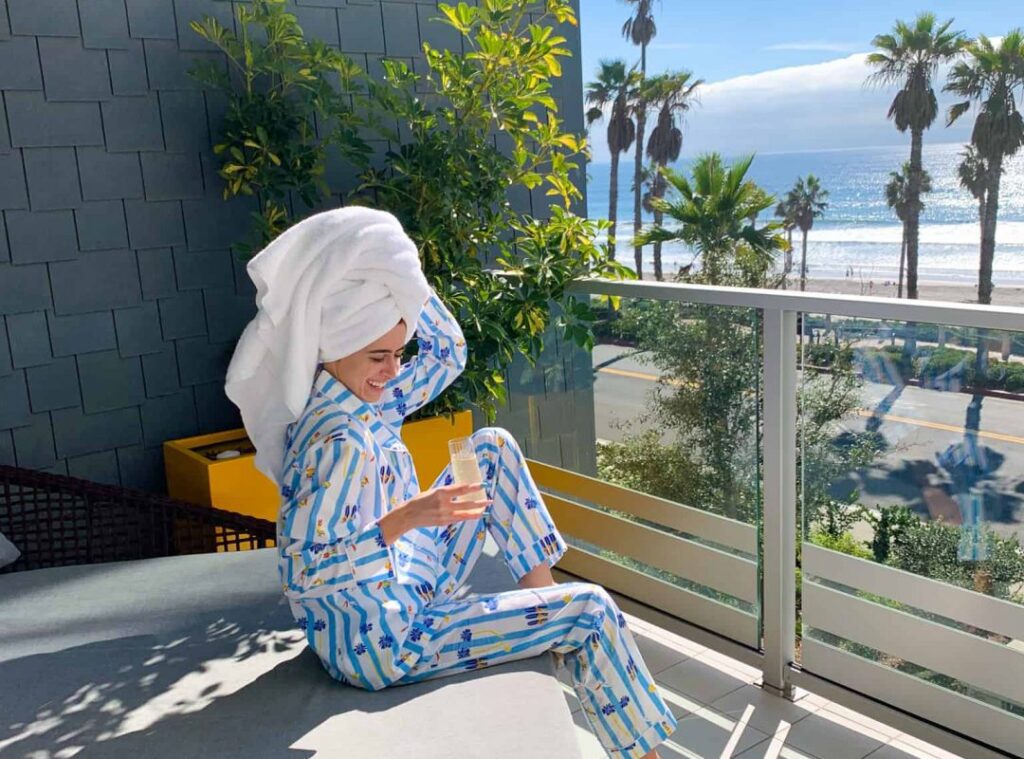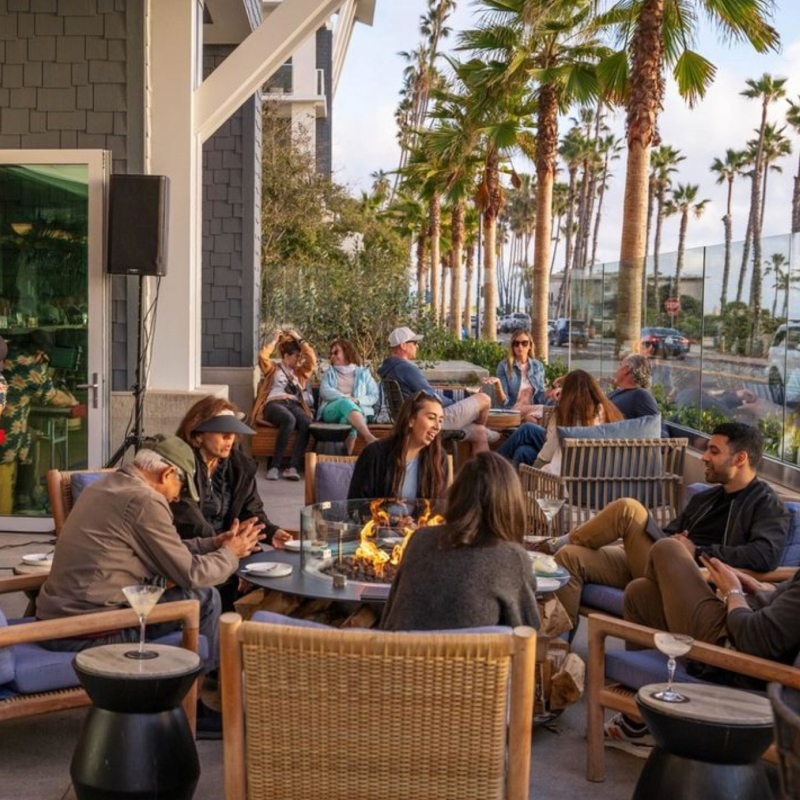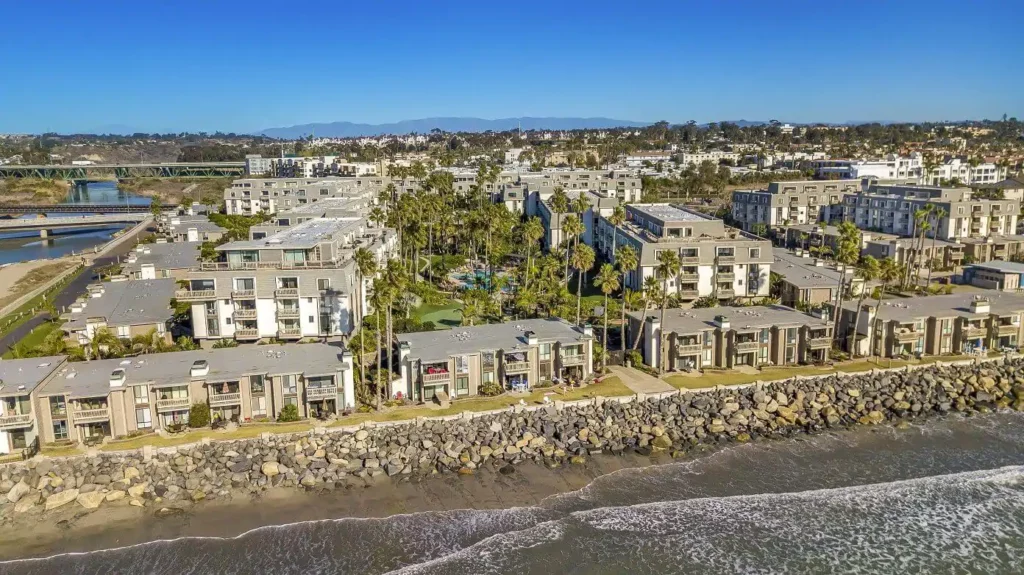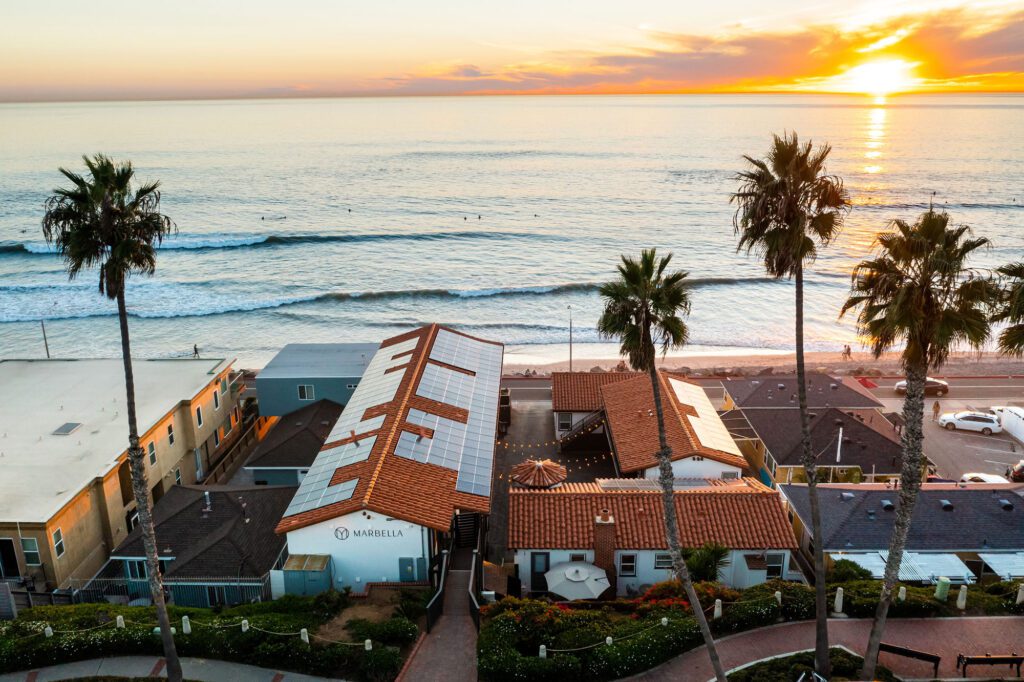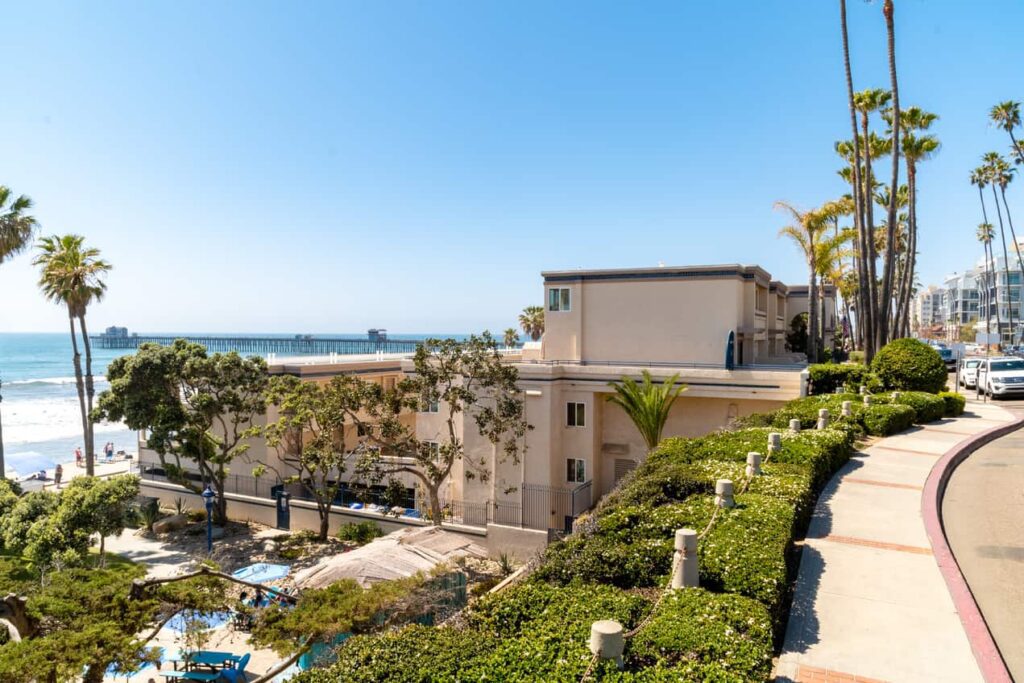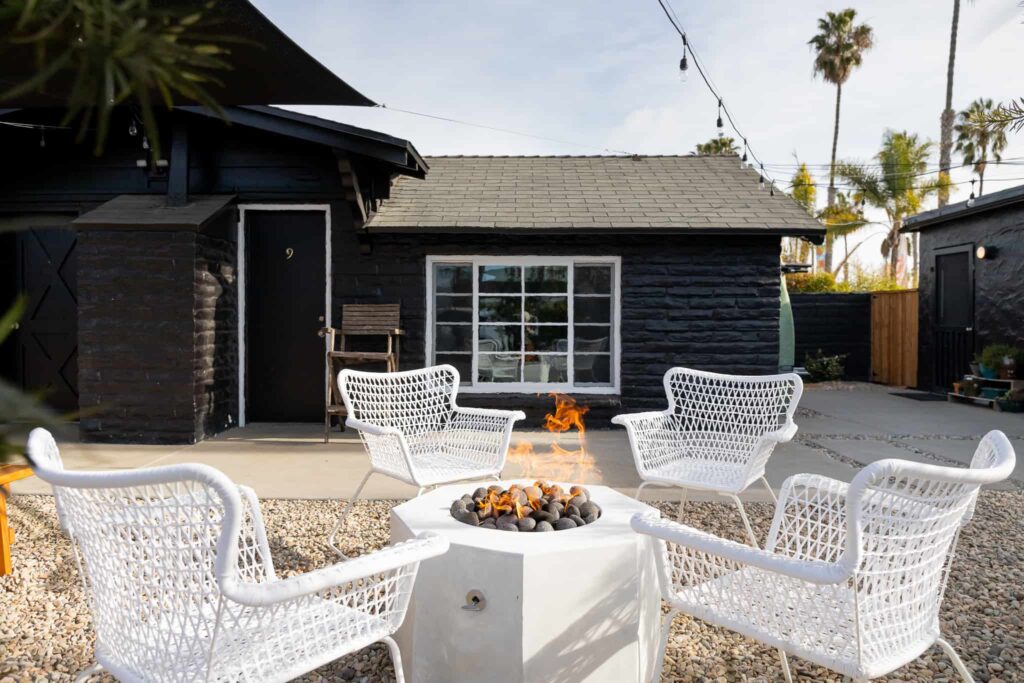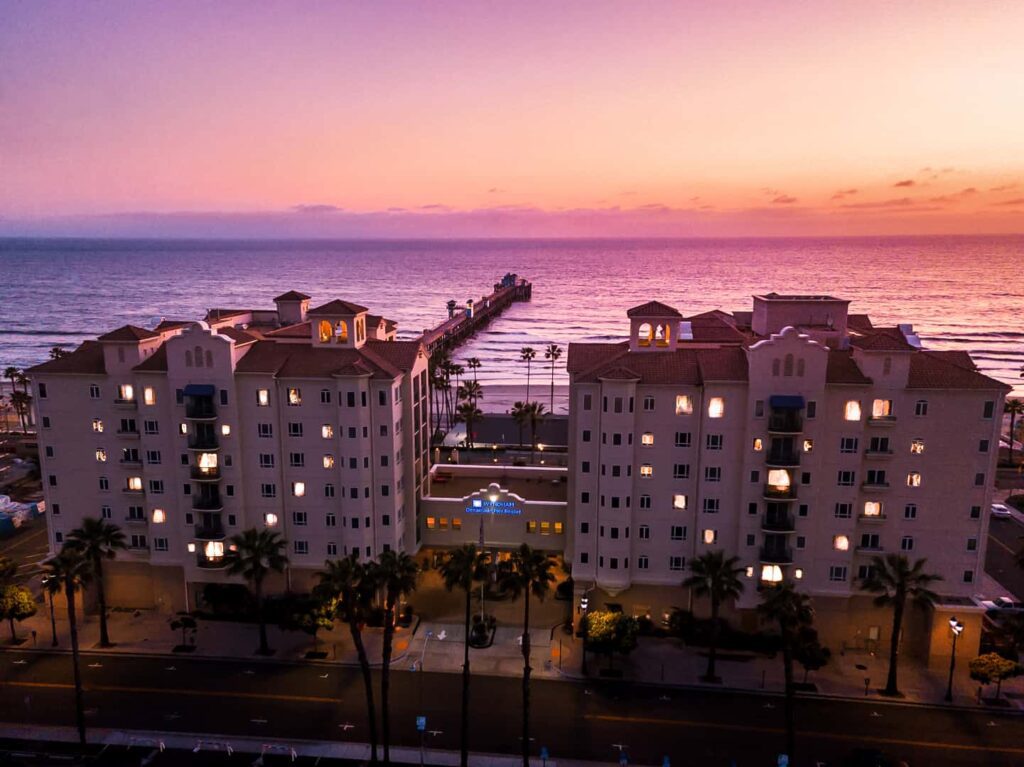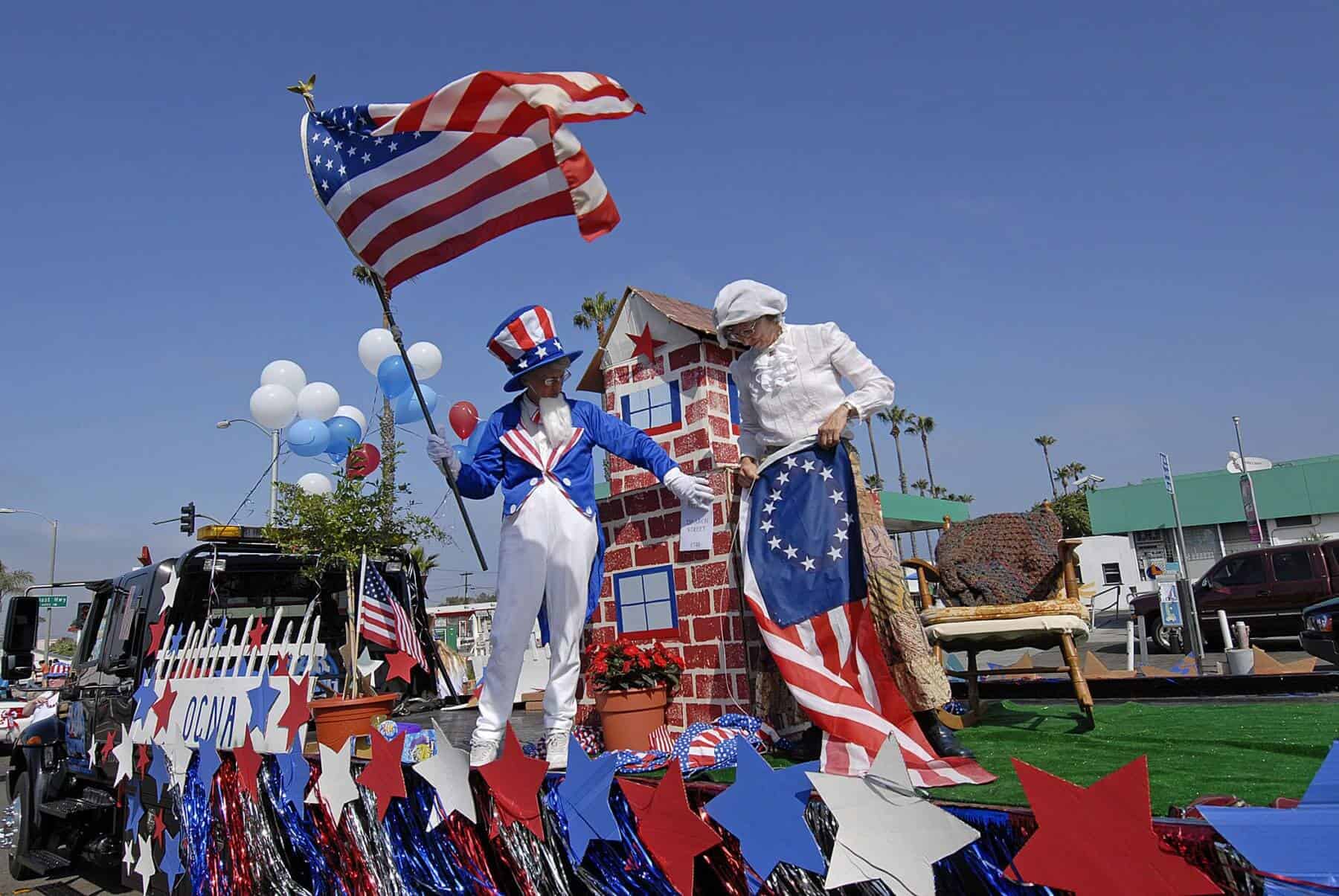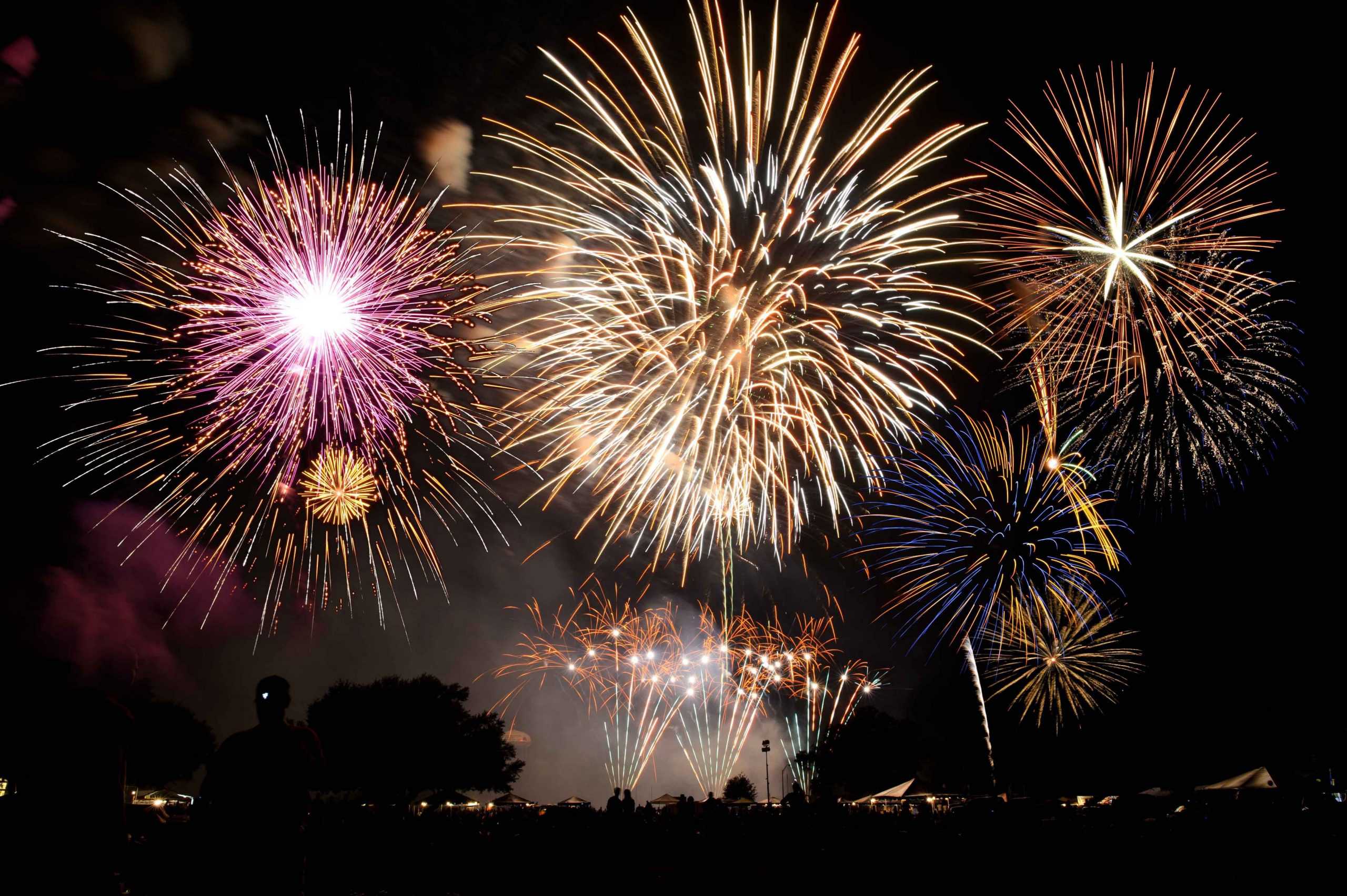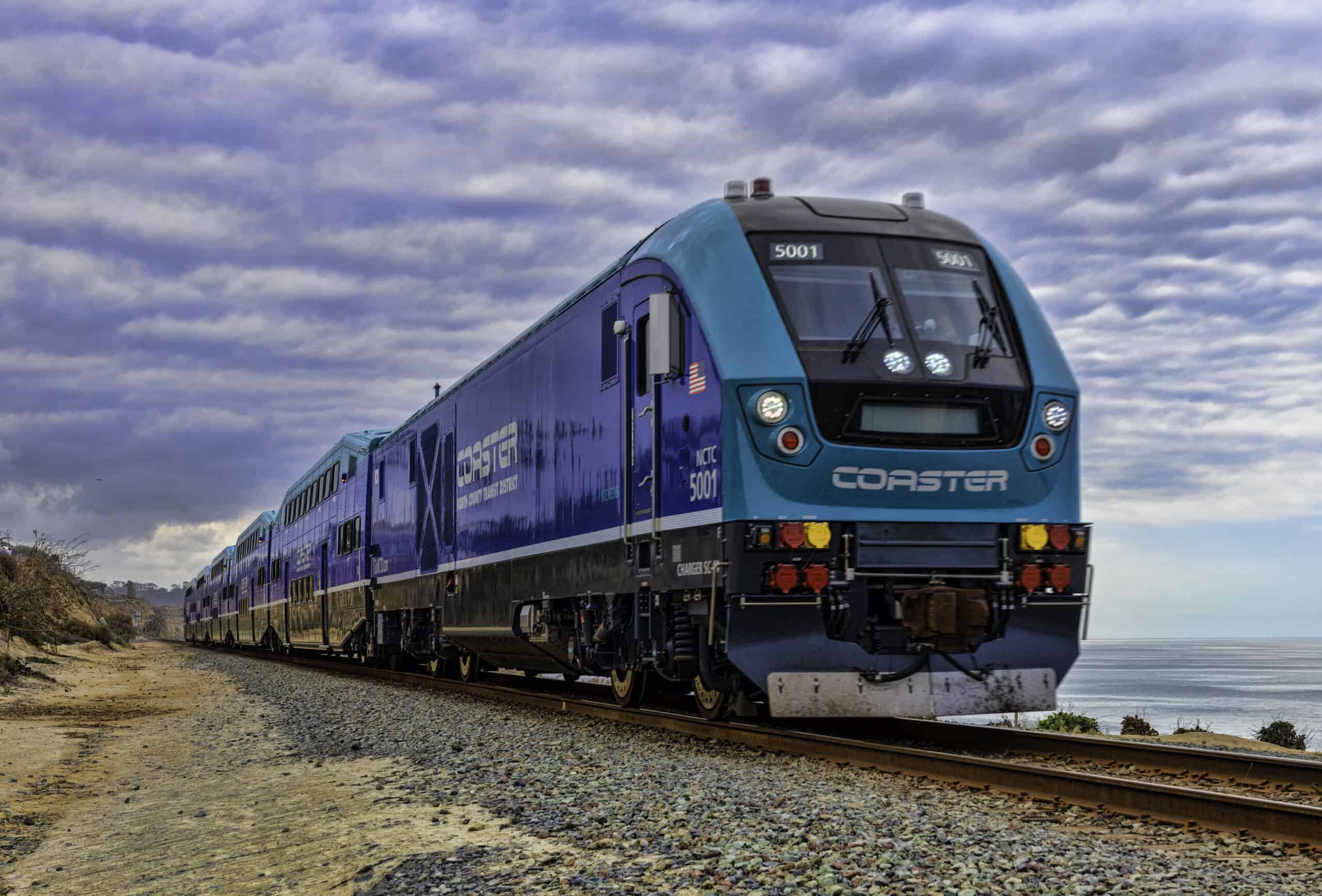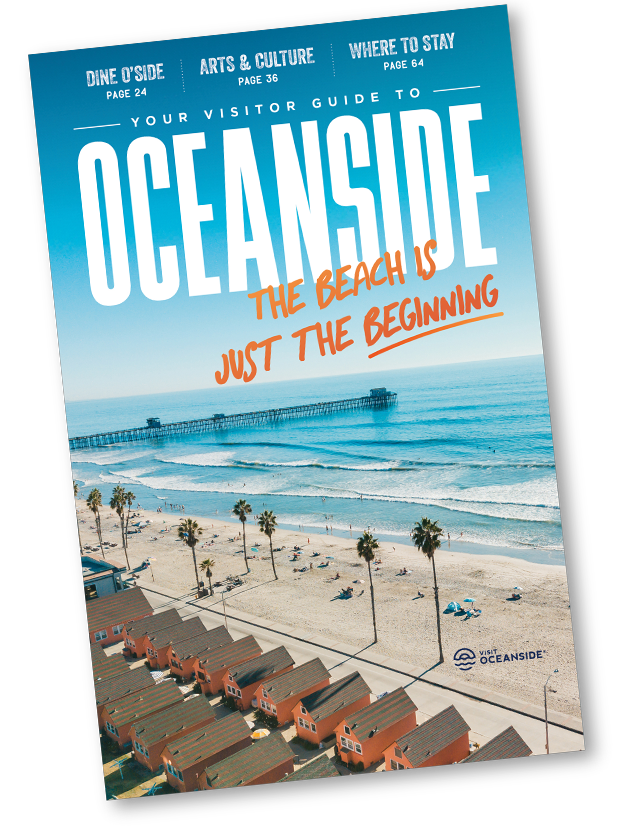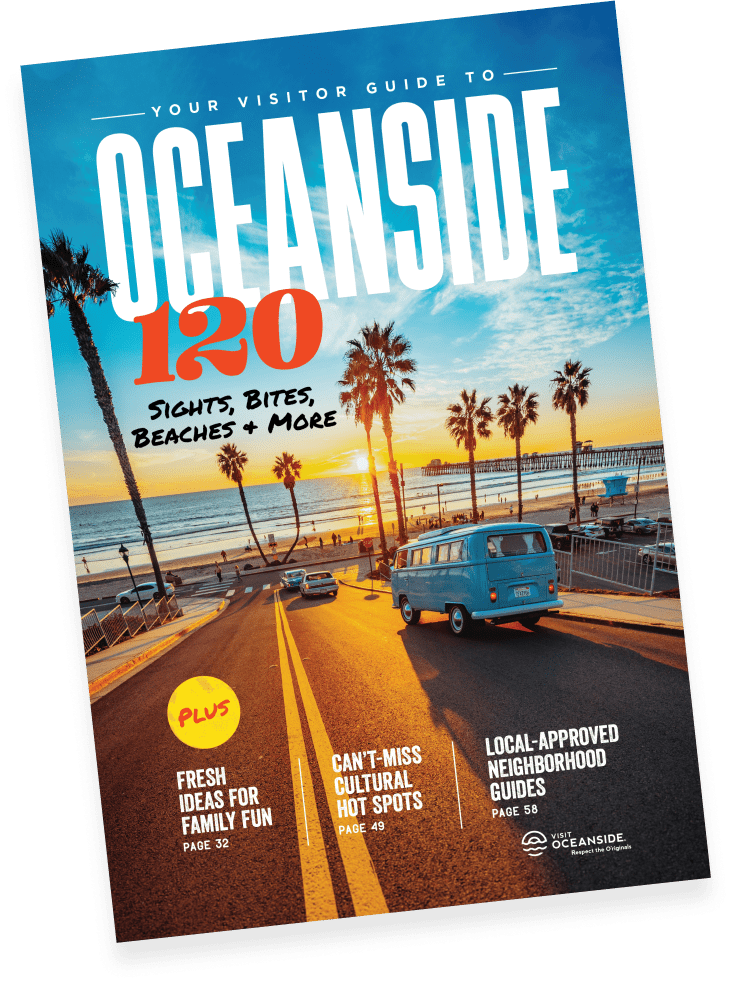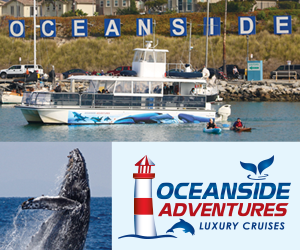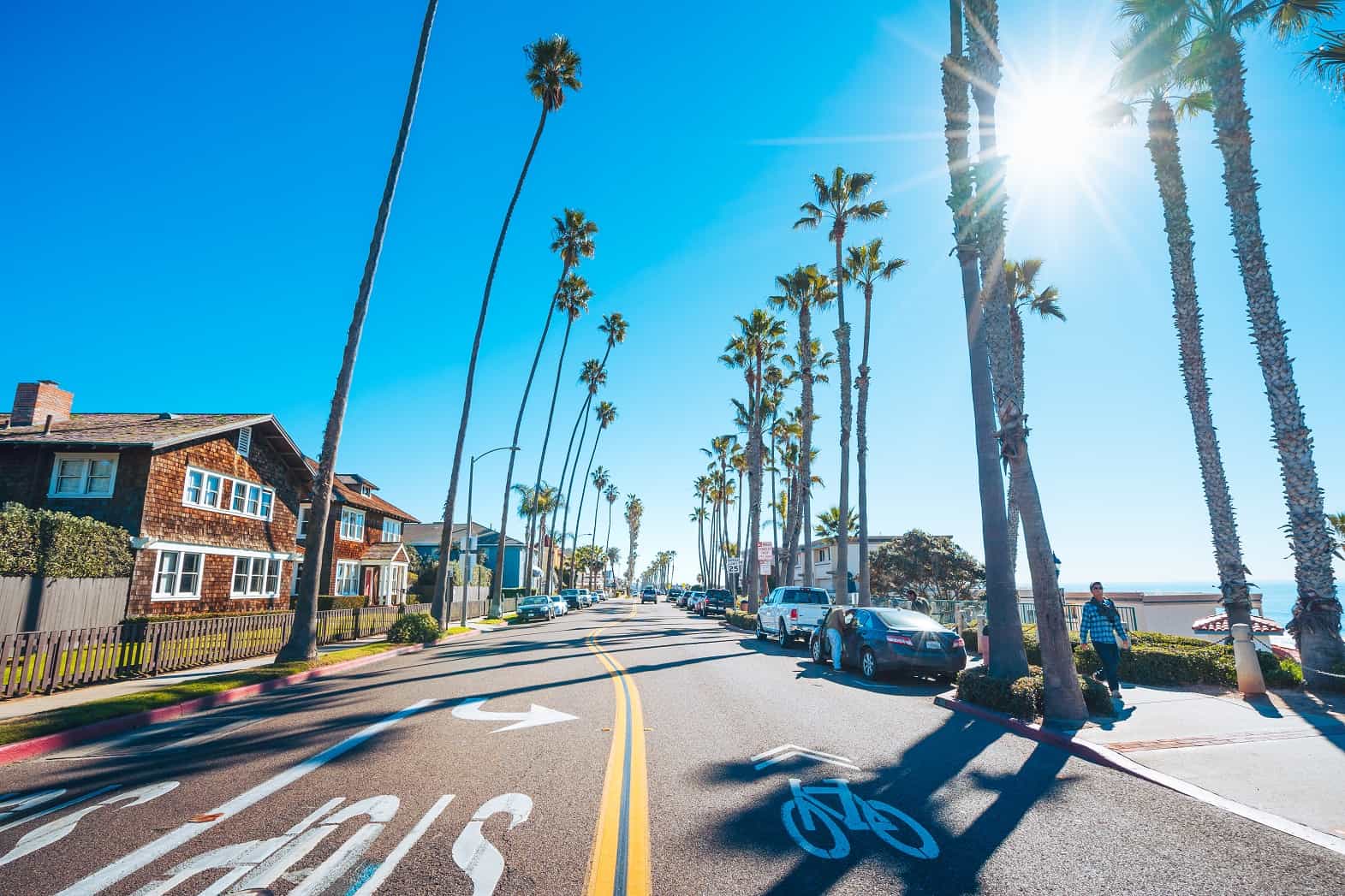
Road Trip To The Coast
It’s time for a change of scenery…or better yet, it’s time to take the scenic route! Start your drive on California’s iconic Coast Highway 101 to Oceanside, located conveniently between San Diego and Los Angeles. Known for its laid-back vibe, awesome locals and some of the best surf breaks along the coast, this beach city is unmatched when it comes to spirit and authenticity. Come explore the vibrant culinary scene, craft beverages, colorful public art, unique attractions, and more. Park your car and create unforgettable vacation memories!
Hey Siri, Take Me To…
Check out these must-see spots on your trip to Oceanside!
Click on the top, left map icon to expand specific road trip location information
Click HERE to open in Google Maps application
The First Stop
Let us be the first to welcome you! Swing by the California Welcome Center, located directly off the Coast Highway, 76 Expressway and 1-5 Interstate. As a group of O’siders ourselves who stay, play and live in the city, we’re ready to answer any questions you may have regarding your itinerary while you’re in town. You’ll be greeted by a fresh coastal-inspired boutique space, an exhibition featuring Tony Hawk’s board, The History of Skateboarding, a 1977 Volkswagen Beetle photo-op, California Surf Museum installation, a surf mural by Myles McGuinness, and so much more! With knowledge on restaurants for any taste, excursions for all interests and lodging recommendations suitable for your party, it’s a stop worth making to ensure your stay in Oceanside is tailored to your needs!
Drive the Historic Coast Highway
You’re gonna want to roll down your window and crank up the tunes for this drive! Coined as “one of the most beautiful highways in the world” by O’sider John Daley of the Oceanside Historical Society, the Highway 101 is about as iconic as it gets for a CA road trip route.
You’ll find the coastal stretch to be an exciting collection of old and new. The City of Oceanside was first incorporated in 1888 when early settlers began to build out a coastal destination to enjoy with close proximity to the historical gem that is Mission San Luis Rey. Today there is a mix of contemporary developments intertwined with historical buildings, such as the Schuyler Building, that has been preserved and treasured since their original construction. As you explore each unique neighborhood in Oceanside, we invite you to learn more about our downtown historical gems and how they have contributed to the growth of tourism and travel in Oceanside. One of the most iconic spots being the Oceanside Pier, with a deep history in our city. Don’t miss the highway markers on Highway Route 101 as you adventure around the city! Oceanside proudly played an instrumental role in gaining state recognition of the natural, historic, cultural and scenic qualities of the iconic roadway.
More info: Historic Highway 101
Fuel Up Your Tank…With Food
You better come hungry! No, really…Oceanside is bursting with unique culinary experiences and dining options that make the city a food-forward destination. Taste a diverse range of flavors from local chefs curating flavorful menus, many of which source ingredients from local farmers. Whether you’re in the mood for a neighborhood diner atmosphere to enjoy a hardy breakfast, craving a fabulous surf and turf dinner with a view, or longing for a vegan meal at a zero-waste restaurant – Oceanside checks all the boxes to satisfy every palate in your party. If you’re looking to sip something new, clink your glass at a Vineyard by the Sea or try what’s on tap at one of our many O’side Sips spots. If you’re looking to stretch your legs while enjoying the dining scene, book a unique Carla & Linda’s Walking Food Tour. You can even enjoy tasting the flavorful bites of vendors at the city’s beloved Sunset Market. The weekly event from 5-9 p.m. pops up on Pier View Way, west of Coast Highway, and features more than 200 merchants – so you’re sure to find something to munch on that will keep you full!
For even more food and drink inspiration, follow us at Dine O’side on Instagram to see the delicious #foodstagram pics that await you.
Try A New Set of Wheels
Give your car mileage a rest and trade four wheels for two! Ride the Strand lining 1.5 miles of breathtaking beach views for the ultimate summer fun! Conveniently rent beach cruisers and surreys from Wheel Fun Rentals, traditional bikes from SoCal Bike, Fat tire scooters from Ride O’side or zippy e-bikes from Mostly E-Bikes during your stay! If you want to explore beyond the coastal Strand, ride the beautiful San Luis Rey River Trail pathway. You can even embark on a land and sea adventure hosted by Waverider Helicopter Tours where a thrilling electric bike tour will lead you to a breathtaking helicopter ride at your final destination.
More info: Oceanside Bike Map
Cultured Pit Stops
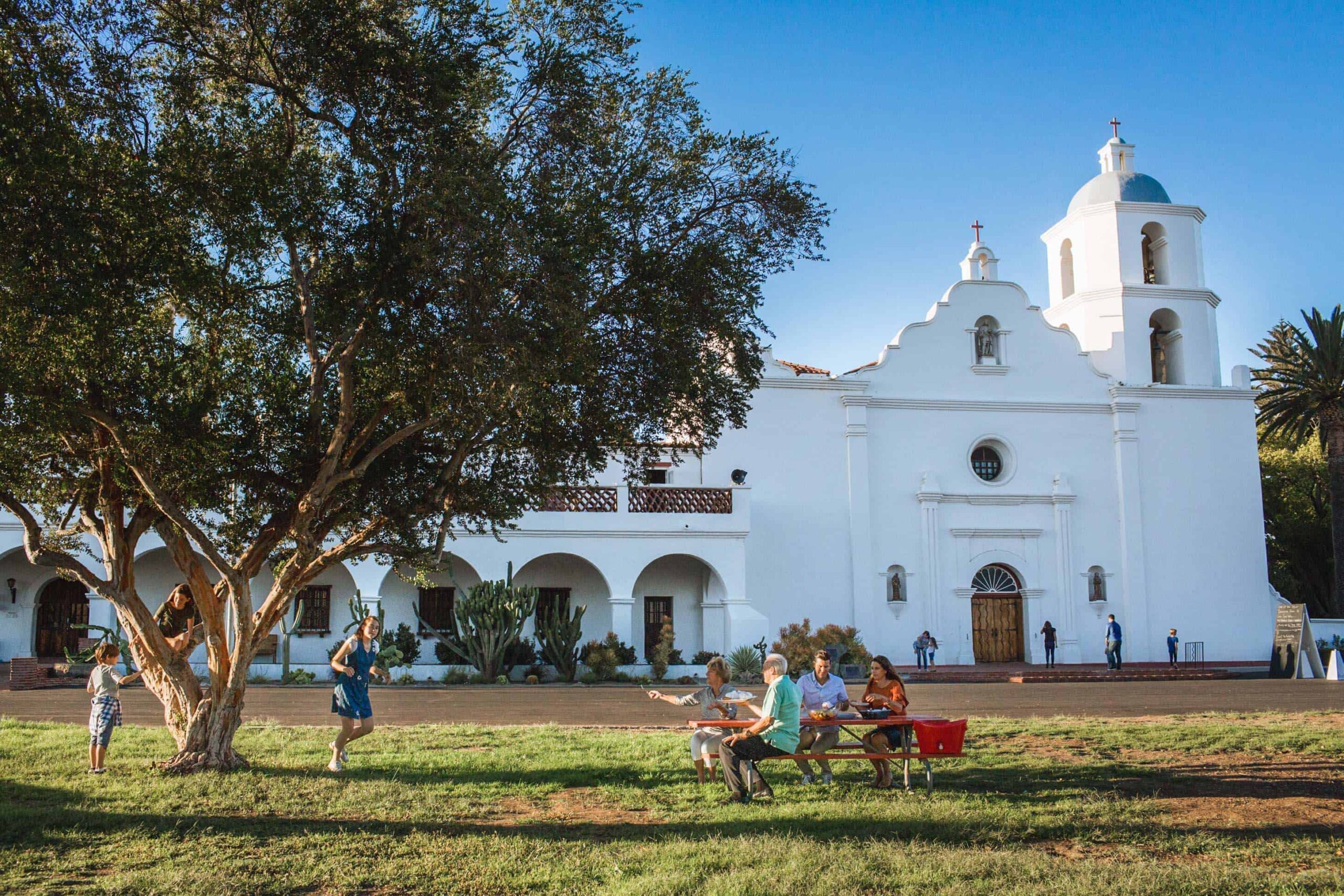
Mission San Luis Rey
Marvel at California’s largest mission: Mission San Luis Rey de Francia, Part of the California Mission Trail, Mission San Luis Rey is the largest of the 21 missions, and still home to a community of Franciscan Friars. Explore the Mission Museum exhibiting archived art and artifacts on a new guided audio tour and pop into the gift shop to pick up a treasured keepsake to take back home. Walk away from your visit with a broader understanding of one of the first recognizable landmarks in Oceanside. Click Here for a sneak peak from Mission Executive Director Gwyn Grimes!
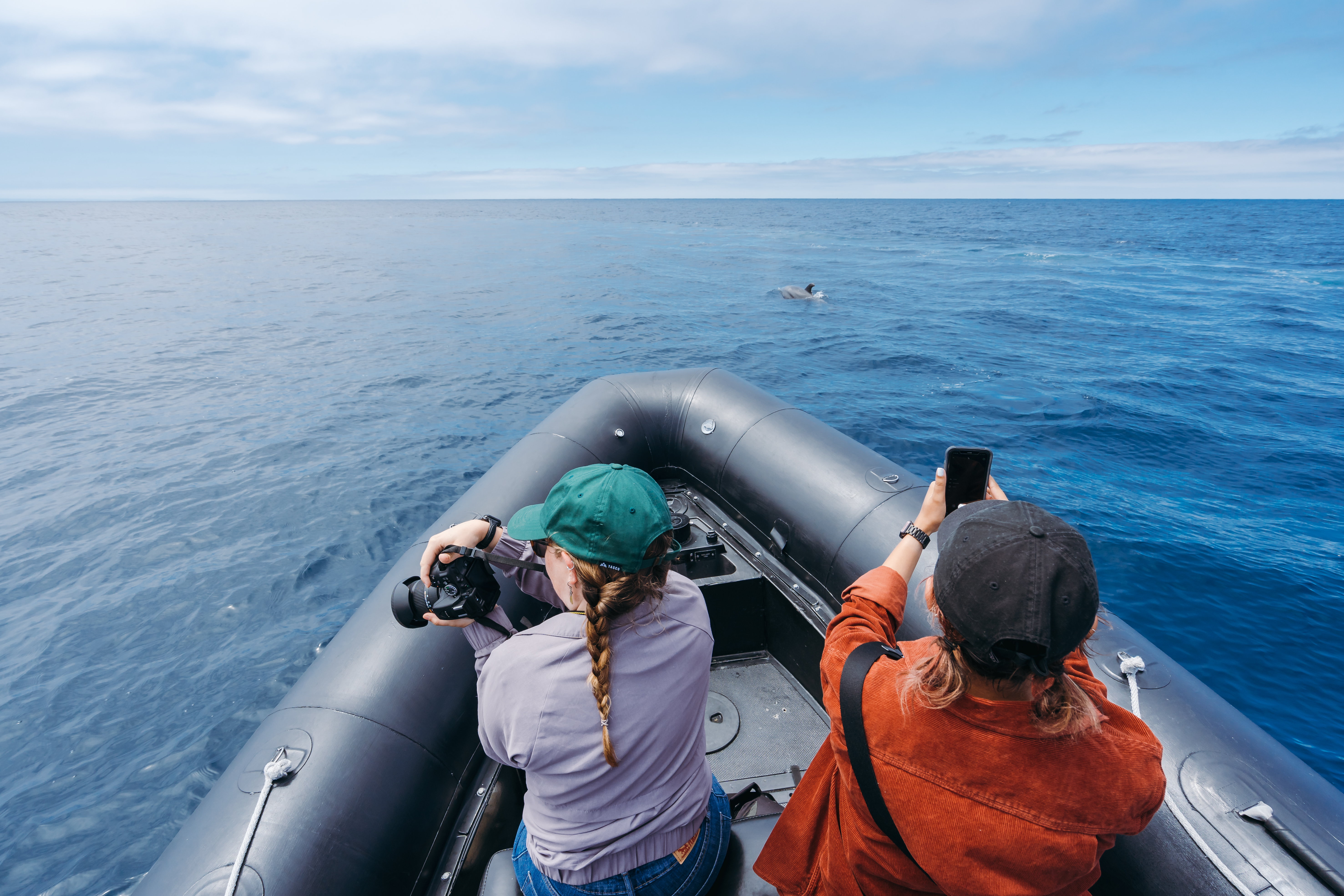
Dolphin & Whale Watching
Enrich your road trip by learning about the natural wonders swimming in the Pacific Ocean. When you set sail on an epic dolphin & whale watching adventure, you and your party can get a front row seat to the majestic wildlife that travel along our SoCal coastline. Regular sightings on these expeditions in O’side include fin, blue, humpback and minke whales, all four species of dolphin, and other interesting sea life like orcas, turtles and sea lions! Select your adventure guides from a range of excursions available including Oceanside Adventures, Oceanside Coastal Expeditions and Oceanside SEA Center.
Camp the night away
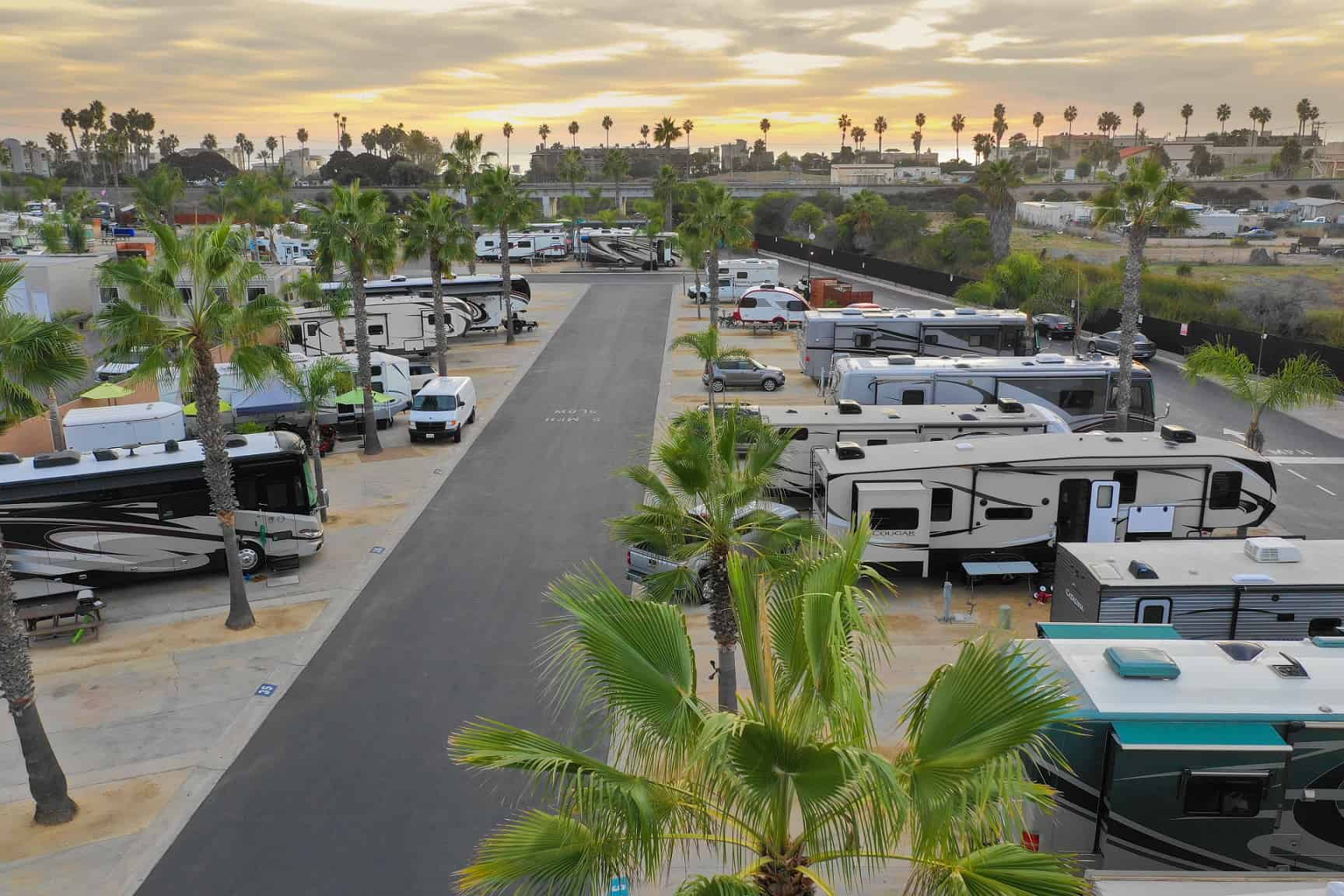
Paradise by the Sea RV Park
Paradise By The Sea RV Resort offers a professional staff, full-hookups, free WiFi, unparalleled cleanliness and access to miles of beautiful, sandy beaches. Just walk out the beach gate onto the flat, level walkway…and in less than 250 yards you will be able to paddle out on your board.
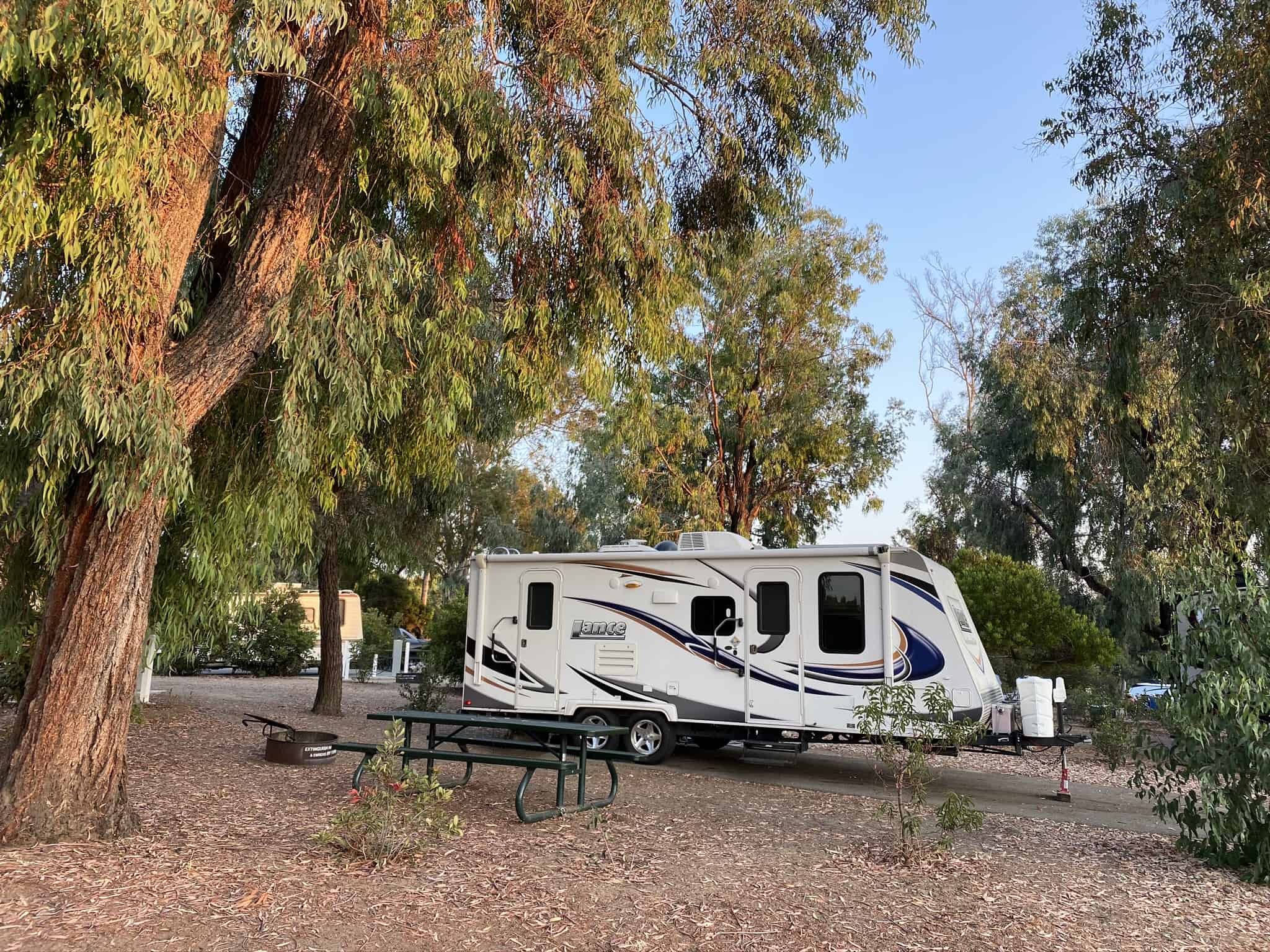
Guajome Regional Park
Guajome Regional Park is a developed 33-site campground offering partial hook ups, a caravan pavilion, shade and afternoon ocean breezes. Two day use areas with new playgrounds, a basketball court and lots of green lawn are ideal for picnicking or just relaxing.

Oceanside RV Park
Oceanside RV Park invites you to step into their spectacular closeness to the beach and near-perfect climate. Always catering to their guests, the park has many onsite amenities including full hook-ups (30 AMP), free WiFi, privacy fences, laundry and pool with spa.

Harbor RV Camping
Have you ever woken up to the sound of the ocean right outside your door? It’s pretty amazing! Plenty of hotels are close to the sand, but to be right at the water when the sun comes up, you have to head to the Harbor. Enjoy this campground on a first come first serve basis!
Hotels & Vacation Rentals
If you’re not the happiest of campers, don’t fret! Oceanside provides travelers a host of accommodations and lodging experiences. Our hotels and vacation rentals offer affordable, family-friendly options that allow you to stay steps away from our gorgeous beaches with close proximity to our vibrant downtown. Some accommodations will even allow your pet travelers to join you as well. If you are traveling in a group and are looking for room blocks or special accommodations, please contact the Visit Oceanside Group Travel Department.
More info: Deals for Oceanside Accommodations
